For a business to pave the way to success, it all starts with a goal. Setting accurate and quantifiable goals is the first step in determining exactly what you want to accomplish. For a strategic marketing plan, marketers should set SMART goals, which SMART is the acronym for specific, measurable, attainable, realistic, and time-bound. Objectives that are poorly defined and too general will make it hard for the business to know where they are and where they need to go. Having accurate data, determining the team’s capabilities, and making smart decisions, and SMART plans for both your business and marketing goals are key to success.
Google Ads Conversion Updates: Global Site Tag to Set First-Party Cookie; GMP to Model Conversions in Europe
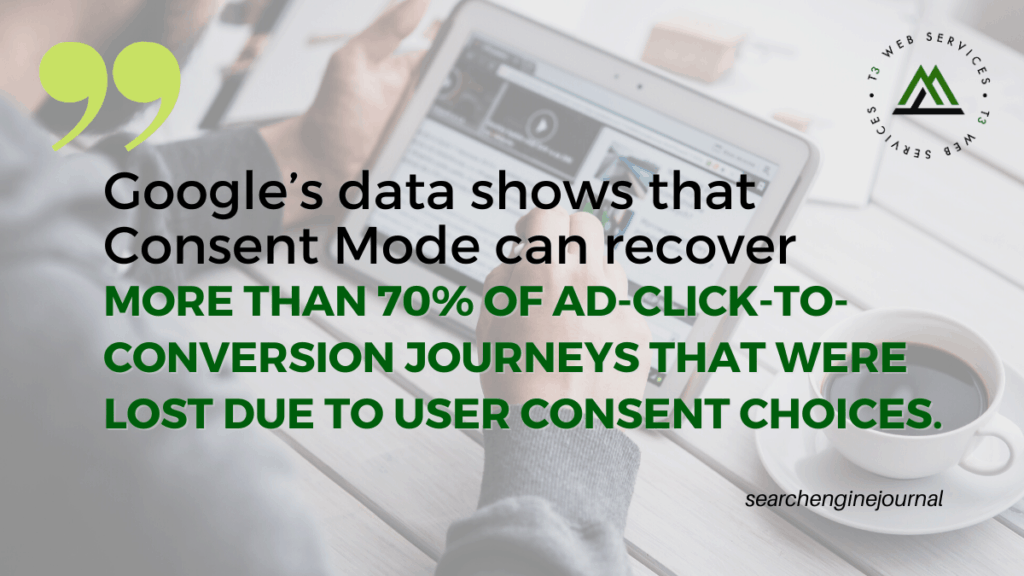
Google announced will set a 1st-party cookie through the global site tag & model conversions in Europe for some GMP users. Here’s what you should know.
Starting in May, Google Ads will be setting a first-party cookie with a new identifier through the Global site tag as well as Google Tag Manager. As a first-party cookie, it will be unique and limited to users of a specific site.
Why The Change to Begin Setting a First-Party Cookie?
Google has made it clear that they’re taking steps toward protecting privacy, which means a heavier reliance on first-party data. With changes on the horizon for the way that folks are tracked, first-party data is more valuable than ever.
What Does This Mean for Advertisers?
Since Google initially announced FLoC, they’ve recommended that advertisers implement sitewide tagging with the global site tag or Google Tag Manager, if they haven’t already.
Advertisers should consider implementing the sitewide tag, even if they don’t currently use the Google Ads tag for conversion tracking – such as those advertisers using Google Analytics imports or other measurement tracking options.
It’s too early to say exactly what the benefits will be but it’s clear that Google Ads is working on helping Google Ads advertisers to deepen their first-party data sets through the global site tag and Google Tag Manager tags and seems likely that those tags will be the basis for future innovations as FLoC tracking and measurement evolves.
How to Set Content Marketing Goals That Matter to Business Leaders
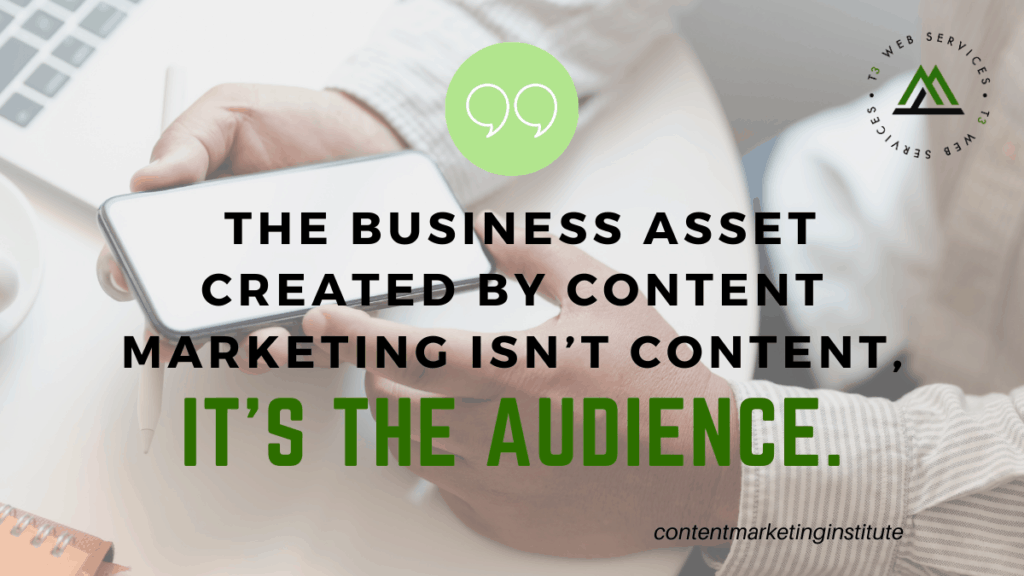
The one goal nearly everyone claims to have achieved is brand awareness (87%). Among B2C marketers, brand awareness response was also the top response (81%). We see similar results year after year.
Brand awareness is a fine and worthy endeavor. But if it’s your only goal, you may be challenged to explain how awareness ties into an outcome that business leaders care about.
Here’s the truth. Just saying, “Our content marketing increases brand awareness,” isn’t going to cut it when it comes to securing, keeping, or increasing funding.
How to align content marketing and business goals
Instead of setting something like brand awareness as THE goal, think of it as one step toward a business goal.
And what’s the business goal of content marketing? To drive profitable action.
Boom. Goal defined. My job here is done.
Except … you probably have questions. What counts as a profitable action? Let’s explore.
To be useful (and measurable), content marketing goals must be specific – and match a meaningful business goal your company is working toward.
CMI Founder Joe Pulizzi likes to say businesses care about three things:
- Sales
- Savings
- Sunshine (his term for customer loyalty, retention, cross-sales, and evangelism)
Choose goals that support one of those three things and you should have no problem communicating how content marketing contributed to the business goals.
Here are several business-related possibilities to consider when setting your content marketing goals.
Subscribers
Building a subscribed audience is the basis of content marketing. Subscribers give you permission to communicate with them regularly. And that gives you permission to subtly market to them while giving them value outside of your company’s products or services.
Leads
Great content can encourage consumers to become prospects by signing up for a demo, registering for an event, or requesting access to a resource center. (In some organizations, a lead could be defined as a contact.) Unlike subscribers, leads provide more than an email address. They trade more information about themselves because they see value in the content offer.
Sales support/enablement
Supporting sales with content typically involves creating pieces that offer proof points to help customers decide to choose (or justify choosing) your product or service. Think testimonials and case studies that show how similar companies have solved their problems.
https://contentmarketinginstitute.com/2021/04/set-content-marketing-goals-business/
7 Ways to Improve Your Facebook Engagement
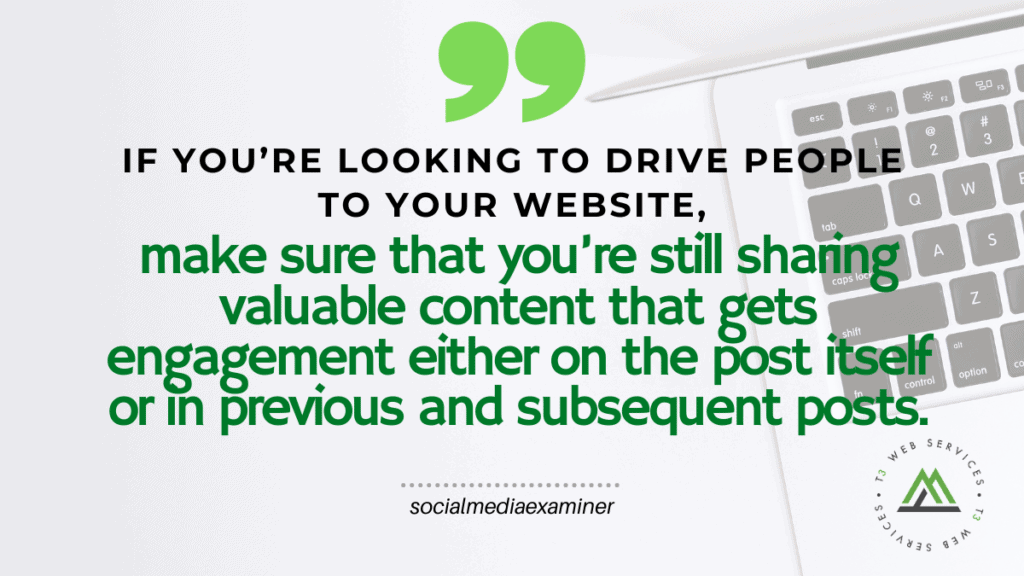
Why Is Facebook Engagement so Important?
Facebook users can engage with content in many ways on the platform and each has unique benefits for business pages. But engagement of any kind on your content sends a message to Facebook’s algorithm that the content is good and might be interesting to others.
Although the wonders of the Facebook algorithm are complex and technical, we know that the more engagement you get on a post, the more likely it is that Facebook will show that post and subsequent content to more people. And the more people who see your engaging content, the more likely they’ll take action on it.
This also has benefits for future posts. You’ll often see Facebook pages taking advantage of their previous engagement by posting again to get the next post shown to more people.
The five key types of Facebook engagement we’re going to focus on are video views, reactions, comments, shares, and clicks. Each is useful to your business on its own but the best results come when you can get a variety of engagement types on your content. Here are seven tips you can use to get more interactions on Facebook.
#1: Use Engagement Prompts
If you want comments on your Facebook posts, you need to give people a reason to engage and make it easy for them to know what to say.
One way to do that is to ask questions. Typically, when you ask a question, readers will start formulating an answer in their mind immediately. They may also check out the other comments on the post to see what other people are saying and whether they have similar or opposing views.
Questions not only can elicit engagement but also help ensure you connect with the right people for your business and repel the wrong people.
#2: Speak to Attributes Your Target Audience Shares
When it comes to social media, people typically post content that shows them in the best possible light. They use filters, share only select parts of their lives, and always aspire to be as good as the people they follow.
That means they’re also picky about what they comment on or share on social media because it may affect what other people might think of them. So if your content will make them look good to their peers, they’ll be more likely to engage with it.
https://www.socialmediaexaminer.com/7-ways-to-improve-facebook-engagement/
How to Create an Eye-Catching Instagram Ad
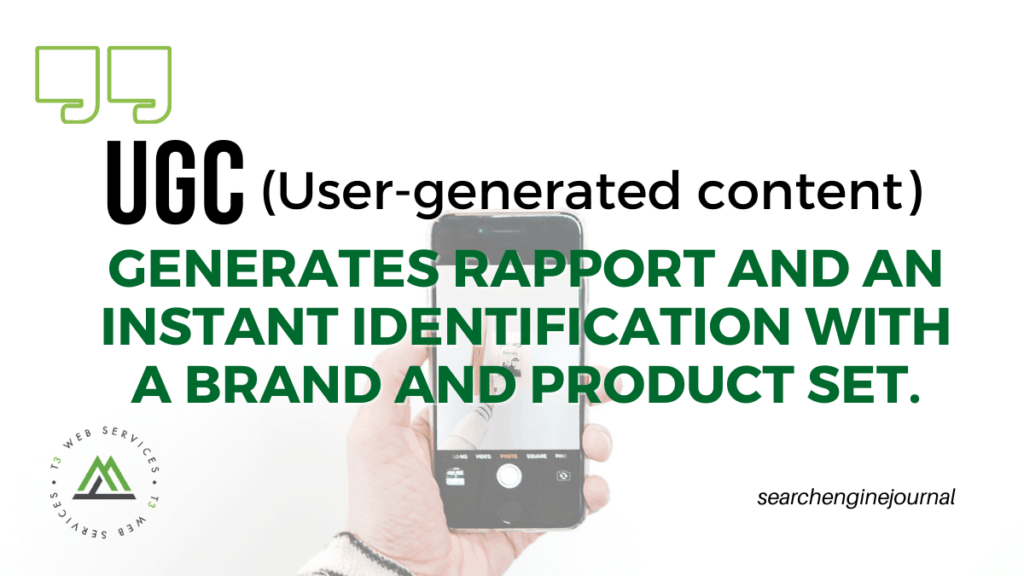
Like all things in marketing, there’s no single silver bullet to find success with Instagram advertising.
Though it can be a highly successful ad channel for brands of all sizes and is among the most popular with advertisers in consumer-facing brands, it requires both channel and user knowledge.
Instagram advertising is a delicate mix of strategy, targeting, budget, and creative outputs. Eye-catching creative goes a long way towards effectively influencing conversions and managing ad spend efficiency.
Looking to create a stellar set of high-performing ads on Instagram? Start with these ideas.
1. Use Content That Feels Feed-Native; Try User Generated Content (UGC)
No one sells your product quite like the people who love it most.
In an era of personalization and representation, your customers are your single best billboard for your products on the internet, and no ad strategy is complete without UGC in the mix.
2. Utilize Attractive Ecommerce Photography With Dynamic Ads
Have a crack creative team that knows exactly how to stage, shoot and edit your products to shine on the web?
Utilize this existing set of assets in dynamic product ads that pull directly from your product catalog.
If the products really can sell themselves, let them (with creative copy and a great CTA, of course).
3. Make Sure Your Targeting Is Aligned With Your Audience & Outcome
So many great ads have gone awry because of lazy, careless targeting. The lowest hanging fruit in advertising is to make the ad appealing to the people you want to sell to.
This requires them to be the ones to actually see it.
Forgetting basics such as age, location, language, and working in customer data and interests are table stakes in ads, but often get left behind in the quest for innovative creative.
https://www.searchenginejournal.com/eye-catching-instagram-ads/401590/
5 Mistakes That Google Doesn’t Like and How to Stop Making Them
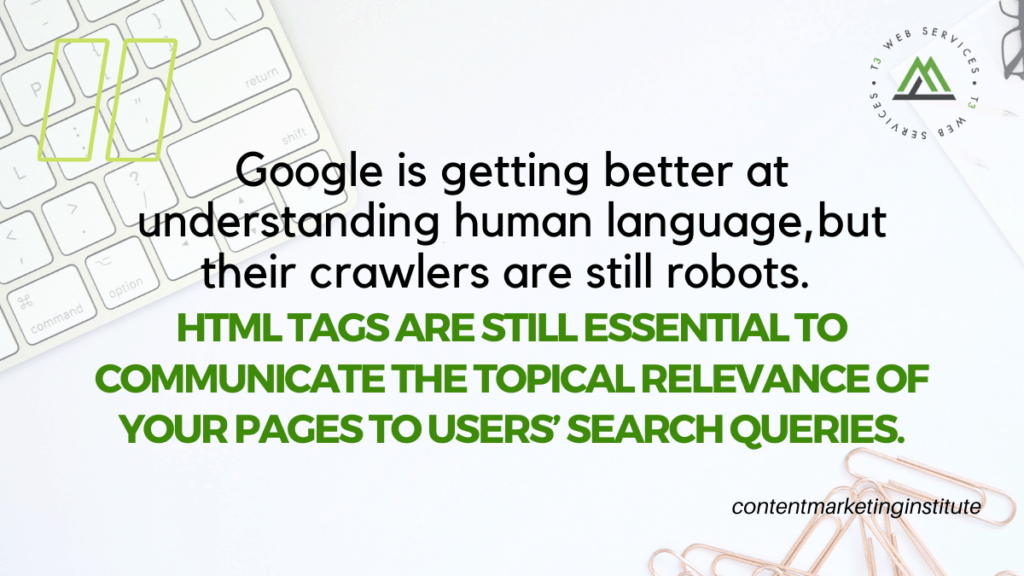
With Google’s advancements, taking your pages to the next level requires you to work on more than keywords. Earning page one rankings demands a multi-tiered SEO approach that pairs content quality with site authority.
1. Pages with poor content quality
When someone says they want to rank in search results, I ask, “Do you really think that your content is worthy of page 1?” Most of the time, the answer is no. That’s one contributing factor explaining why 90.6% of pages get zero organic traffic from Google.
In the early days of SEO, the inclusion of the right keywords was all that was needed to rank. Now, Google understands how comprehensive, original, researched, and optimally organized your content is.
Poor quality content with all the right keywords doesn’t make the cut anymore.
How can you create – and signal – quality content? Incorporate these three ideas:
- Semantic richness: Google doesn’t just look for single keywords. They look for synonyms, related terms, and subtopics with a semantic relationship to the primary keyword. Expand your content, including meta tags, to optimize for keyword clusters.
- Topical depth: Google understands the comprehensiveness of content. Longer content tends to rank higher in SERPs. Plus, Google now digs deeper into web content to deliver search results. Its new Passage Ranking feature finds sections of text – and highlights them in the results – that answers the searcher’s questions. More in-depth content can mean more chances to rank
- Interactive on-page elements: Tables of contents, expandable content modules, other interactive JavaScript, and video content all make pages better to navigate and more engaging for users. To address that, improve the page experience. Google will take notice and be more likely to rank it.
https://contentmarketinginstitute.com/2021/04/mistakes-google-how-to-stop/
How to Use Low Search Volume Keywords to Optimize B2B Tech Content

Specific and niched keywords are exactly what accelerate your organic traffic growth and business revenue – even when you don’t have the domain authority, brand awareness, or resources of your more established competitors.
By targeting low search volume keywords, you rank faster for more intent-specific keywords, and can eventually leverage this to go after more competitive keywords. Over time, you become less dependent on Google Ads and social media ads. And as we’ve learned from recent months after having to pivot due to the COVID-19 pandemic, SEO traffic continues to generate revenue even when performance marketing budgets come to a standstill.
But there’s more to your SEO strategy than just going after these keywords. You have to know which keywords are worth going for and how to create content in a manner that you get ROI for your SEO efforts as early on as possible.
How to use low search volume keywords to improve your SEO
This strategy has proven useful for many niche industries, but it particularly applies to B2B tech.
Here’s how I’d handle this:
- Research low search volume keywords for your niche. Start by focusing on bottom-of-funnel (BOFU) keywords and further segment your buyer persona to not miss highly specific long-tail keywords with a high purchase or consideration intent.
- Map your keywords into a content plan. This gives you an overview of your target focus keywords, streamlines your strategy, and gives you a clear action plan.
- Create skyscraper content for all your BOFU keywords and then extend to middle- of-funnel (MOFU) keywords. Make it very niche and buyer persona-specific so you get as many quick wins as possible from BOFU. Once you have a solid foundation, extend your content to target MOFU keywords.
- Integrate higher search volume keywords into your content strategy. Once you have a steady flow of organic traffic from your BOFU and MOFU content, start going for higher search volume keywords and update your content plan to cover your buyer persona’s holistic needs as much as possible.
- Scale like HubSpot. Ultimately, you want your brand to become the thought leader in your niche. Go into detail on complicated concepts, develop and share your company’s industry-related viewpoints, expand your target audience to grow brand awareness further – and most importantly, build your content to scale.
https://moz.com/blog/low-search-volume-keywords
Brave New World: The Model for B2B Marketing Success, Post-Pandemic
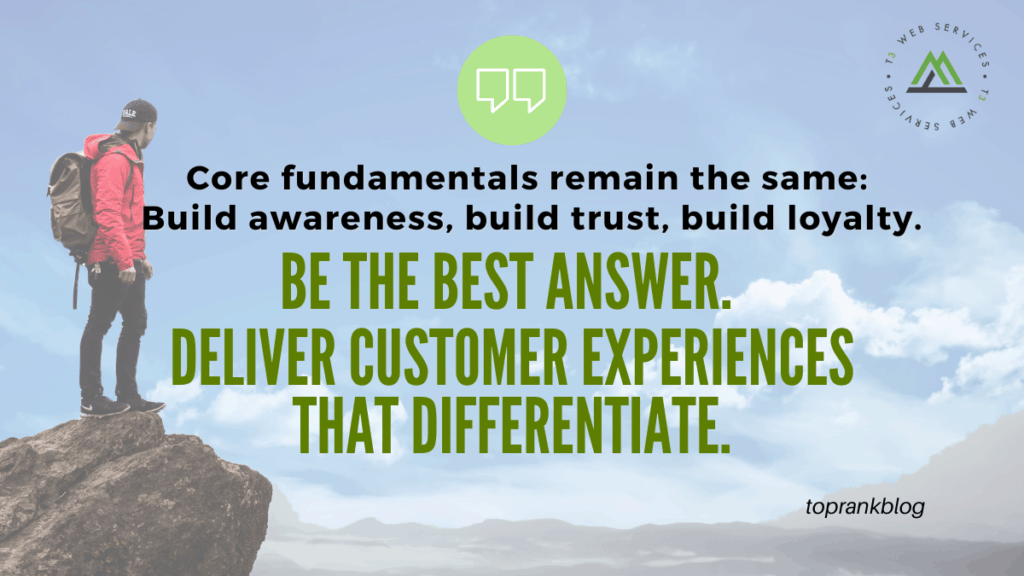
1 — Rethink Marketing Events and Experiences
In-person events will gradually return in some capacity, but even if you value the networking and promotional opportunities these occasions provide, the smart move is not to wait.
Rethink how you deliver experiences, and double down on digital engagement. Collaborate and orchestrate with friendly parties in the same way as partnering organizations do in bringing physical events to life. Bring influencers to your audiences in new ways, turning them into your keynote speakers.
2 — Focus on Doing a Few Things Extremely Well
No business has limitless resources. Spreading your chips too thinly will lead to sub par returns across the board. Instead, decide where you want to truly excel, and channel your full energy into it.
3 — Executive Thought Leadership: The Face of the Franchise
In sports, the “face of the franchise” refers to a superstar player, broadly associated with their team by fans at large. They sell jerseys and tickets. Marketers for these teams wisely play up these magnetic attractions in promo materials.
4 — Bring More Context to Your Content Marketing
People have grown progressively less and less patient with sales and marketing messages that don’t speak to them directly, or don’t pertain to their situations. Now, after enduring an endless barrage of “unprecedented times” jargon, the need to break through with a clear, meaningful, relevant message is more vital than ever.
https://www.toprankblog.com/2021/04/b2b-marketing-success-post-pandemic/


Leave a Reply